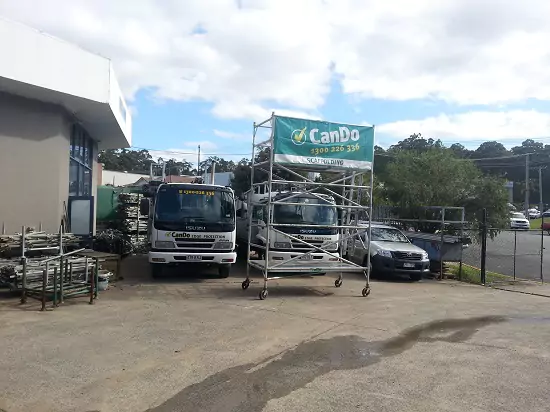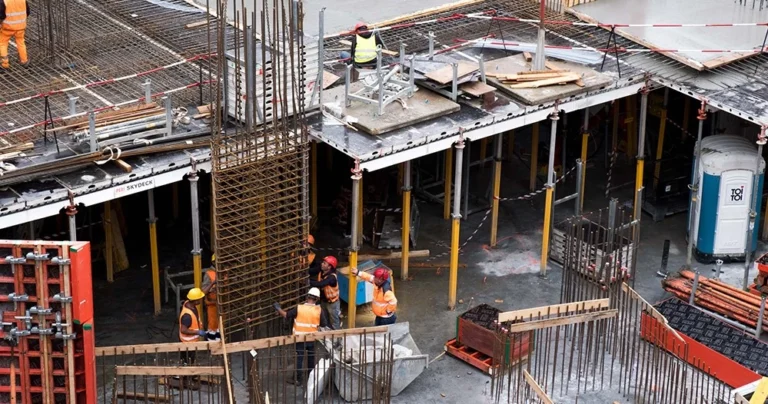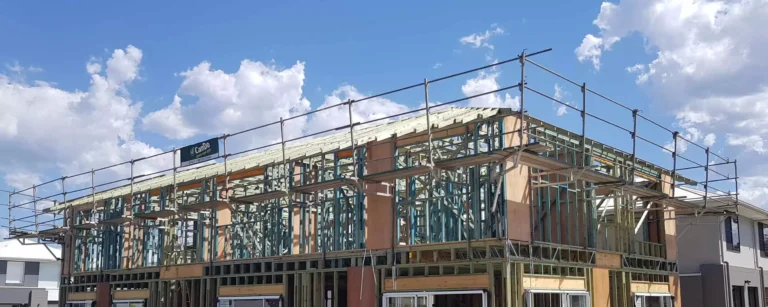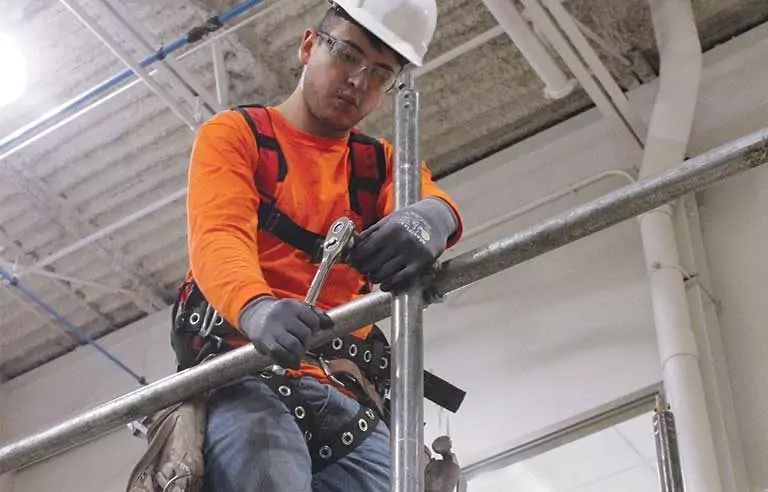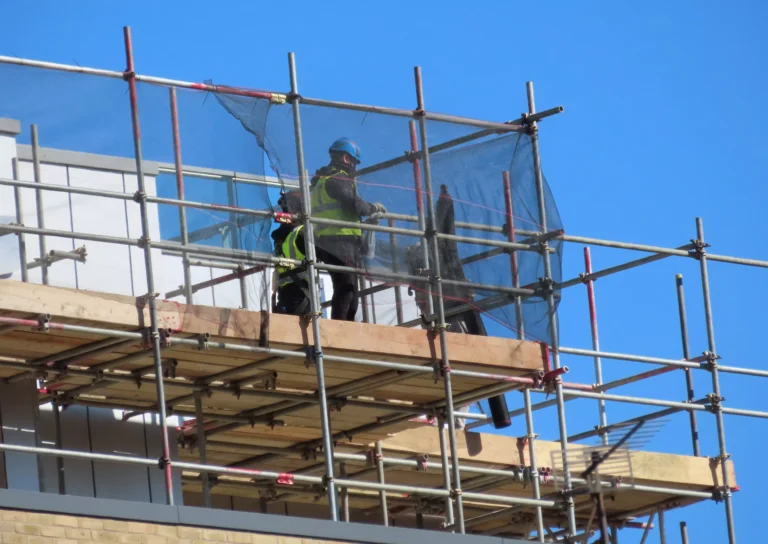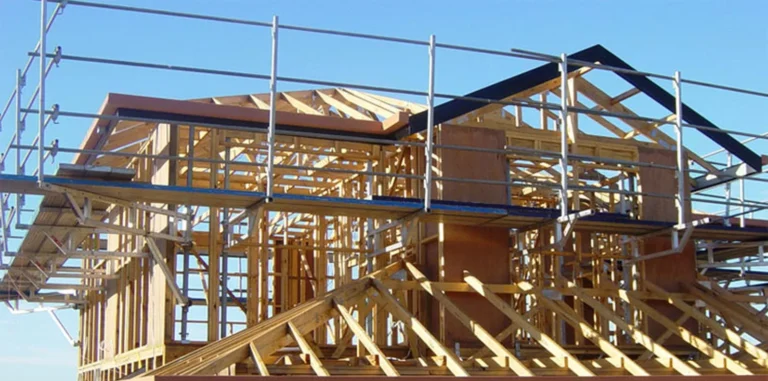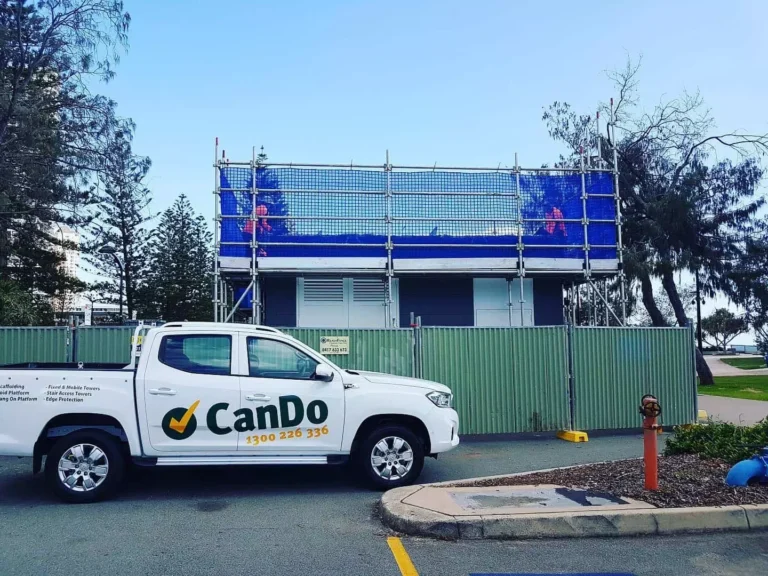Why Foundations Matter When Erecting Scaffolding
Reliable scaffolding systems provide a safe and stable platform for workers to perform their tasks in any construction or renovation project. Scaffolding systems are versitile and can be erected in a variety of locations and surfaces, including verandas, suspended flooring, parapets, awnings, and more. The foundation of the scaffolding is key to ensuring its stability and safety, regardless of the location or surface it is being erected on.
This article explores why foundations are critical when erecting scaffolding and how they impact the overall success of the project. In order to make the most use of these versatile systems.
The Hang on System
Many people assume that scaffolding can only be erected on solid ground and fail to consider the versatility of scaffolding systems. Soleboards and baseplates can be of great help to evenly distribute the scaffold load to the supporting surface when intending to use the structure on unstable surfaces such as soil, gravel, or fill.

Ground Conditions
There are two primary ground conditions that can impact the stability of scaffolding: soil subsidence caused by water and nearby excavations, and soft ground disguised by a hard surface crust.
- Water and nearby excavations can cause soil subsidence, which can lead to scaffold collapse. To prevent this, any potential watercourse, such as a recently filled trench, must be diverted away from the scaffold
- Soft ground can be misleading, as it may appear stable due to a hard surface crust that has formed as the ground has dried. However, beneath the surface, the ground is still soft. This can result in a false perception of the ground’s bearing capacity, leading to scaffold collapse when the load on the scaffold increases and suddenly punches through the surface crust.
Before erection begins, a reputable scaffolding hire company should provide information and advice on its bearing capacity. It is important to be aware of what loadings will be imposed on the ground by the scaffold in order to determine whether or not the ground conditions are stable enough.
Loadings
When using a scaffold, make sure to follow the specifications of the manufacturer, designer or supplier for the maximum combination of dead, live and environmental loads (e.g., wind, rain) that can reasonably be expected during the period that the scaffold is in use.
Environmental Loads
The location of the construction site affects wind impact on the structure, with less impact in urban or mountainous regions. Wind actions outlines four terrain categories for engineers to consider, including wind speeds for various zones (regions) in Australia.
There are three regions for Queensland:
- Region A4 (normal) – most of Queensland excluding coastal areas (includes Toowoomba and Mt Isa).
- Region B (intermediate) – Queensland coastal areas south of Bundaberg and a narrow band behind region C (includes Brisbane and all of Gold Coast and Sunshine Coast).
- Region C (tropical cyclones) – all coastal areas north of, and including, Bundaberg. Region C has the greatest wind speeds.
Dead Loads
Dead loads refer to the weight of the scaffold structure and its components, including platforms, stairways, ladders, screens, sheeting, brackets, ropes, hoists, and electrical cables. These loads should be calculated in accordance with regulations, as outlined in the Scaffolding Code of Practice.
Live Loads
Live loads on a scaffolding structure refer to the weight of people, materials, tools, and equipment. The live loads applied to a working platform should be in accordance with those specified in Scaffolding Code of practice 2021.
Talk To A Qualified Professional

If you’re starting construction work in Gold Coast, Brisbane, or northern NSW, ensure a safe scaffolding experience by choosing CanDo. Our comprehensive range of scaffolding solutions, including void protection platforms and roof edge protection, cater to both residential and light commercial construction needs.
Our knowledgeable scaffolders offer consultations to help you find the perfect solution for your specific needs and comply with Work Place Health and Safety Regulations.
Call CanDo today at 1300 226 336 to receive a free quote and expert advice on your scaffolding needs.

